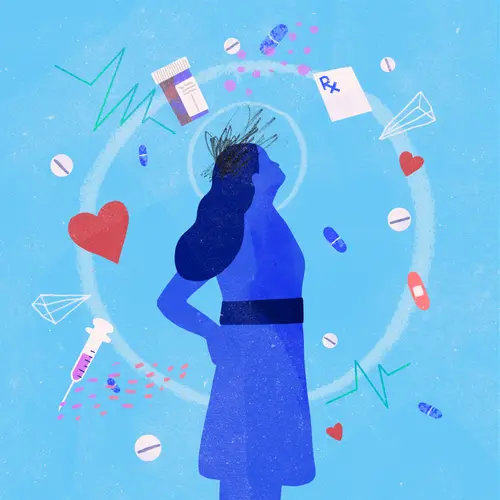It’s a type of glaucoma, a group of diseases in which high fluid pressure in your eye damages the optic nerve. It affects children between birth and 3 years.
Primary congenital glaucoma (PCG) is a serious condition that needs attention. It affects about one in every 10,000 infants. Untreated cases are a major cause of childhood blindness.
"Primary" means the disease doesn’t result from another illness or condition, like a tumor. "Congenital" means it’s present at birth.
Doctors usually spot it between the ages of 3-6 months, but there may not be signs at first. It can be diagnosed as late as age 3.
If the disease is found early, 80% to 90% of children respond well to treatment. They won’t have vision problems in the future.
What Does It Do to Your Eye?
In a healthy eye, the fluid circulates under normal pressure and brings in nutrients. It drains through a network of cells and tissue. To replace what’s lost, your eye constantly makes more. With PCG, this process goes off track. In most cases, the fluid doesn't drain like it should and the buildup makes your eye pressure rise.
The optic nerve, at the back of your eye, sends signals to your brain. The increased pressure that comes with PCG damages the fibers that make up this nerve.
With most kinds of glaucoma, this damage happens over time. Often, when you notice symptoms, the harm is already done. Once your vision is lost, you can’t get it back.
What Causes It?
We know that if a baby’s eye cells and tissues don’t grow like they should before birth, they can have trouble with drainage after they’re born. But we don’t clearly understand most causes at this time. Some cases are inherited, while others aren’t.
What Increases Your Risk?
It's hard to predict which babies will be born with it. Parents with a family history of this condition are more likely to pass it on. If your first and second child have it, later children probably will, too.
About twice as many boys as girls are born with it. It sometimes shows up only in one eye, but most of the time, it affects them both.
What Are the Symptoms?
There are three main ones. You’re likely to notice that your baby:
- Closes their eyelids like they’re protecting their eye
- Seems painfully sensitive to light
- Tears up a lot
Depending on how far the disease has worsened, other eye symptoms can include:
- A cloudy cornea (the front layer of your eye that’s normally clear)
- One or both eyes larger than normal
- Redness
How Is It Diagnosed?
Your child will need a full eye exam. It isn’t easy for eye doctors to check an infant or small child’s eyes, so they usually do it in an operating room. Your child will get anesthesia (medicines that help them go to sleep) during the procedure.
The doctor will:
- Measure their eye pressure
- Thoroughly examine all parts of their eye
The doctor will make a formal diagnosis only after they rule out all other conditions that could have caused your child’s problems.
How Is It Treated?
The first choice is almost always surgery. Because it’s risky for young children to get anesthesia, doctors like to do it right after the diagnosis is confirmed. If both eyes are affected, the doctor will operate on both at the same time.
If surgery can't take place right away, the doctor may prescribe eye drops, medicine to be taken by mouth, or a combination of the two to help control fluid pressure.
Many doctors do a procedure called microsurgery. They use small tools to create a drainage canal for the excess fluid. Sometimes the doctor will implant a valve or small tube to carry fluid out of the eye.
If the usual methods don’t work, the doctor may perform laser surgery to destroy the area where fluid is produced. They may prescribe medicine to help control eye pressure after surgery.
Could There Be Complications?
Yes. The most common is a reaction to the anesthesia. Others include:
- Eye pressure isn’t reduced enough
- Eye pressure is lowered too much
- Lazy eye (amblyopia)
- Detached retina
- Astigmatism (a condition that causes blurry vision)
- Dislocated lens
Because increased pressure can come back at any time, your child will need regular checkups throughout their life.

